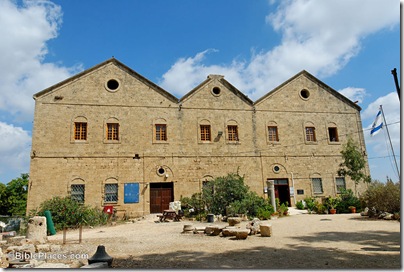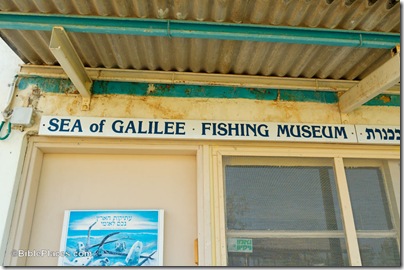For a small country, Israel has an amazing number of historic sites and museums. But then, the entire country is a museum and open history book in itself. There hardly seems to be a place, certainly in the central and northern parts of the country, where there isn’t a sign at the roadside pointing to some historical site from any time period ranging from the Biblical to recent history….
Some years ago, an overseas visitor commented after a trip through the Galilee that northern Israel seemed to him to be one huge park and picnic ground!…
Founded over 20 years ago, the council maintains a long list’s worth of sites and monuments and, working industriously alongside other organizations and special interest groups, has successfully restored important sites throughout the country dedicated to protecting Israel’s rich heritage….
Under the motto “Our future, inspired by our past,” the council identifies, restores, conserves and protects major heritage buildings and sites associated with Israel’s rebirth, beginning in 1860, the time the first settlement outside the walls of Jerusalem’s Old City was established.

